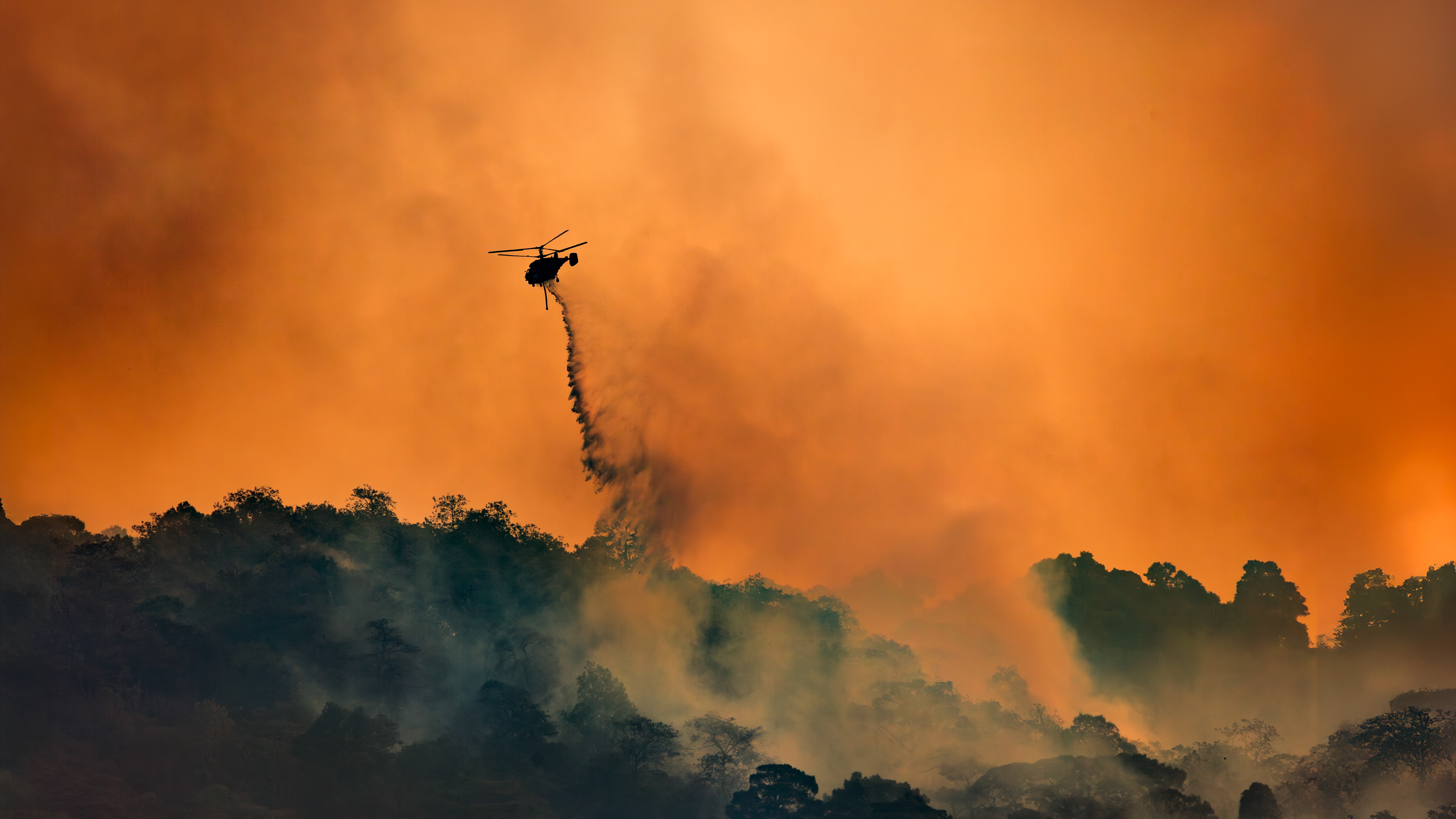Space Jump: How Felix Baumgartner's Record-Breaking Supersonic Skydive Works(Infographic)

From a capsule suspended 23 miles (36.6 kilometers) above Roswell, N.M., daredevil Felix Baumgartner will skydive in an attempt to set a new altitude record.
Baumgartner will first ascend to an altitude of 120,000 feet (36,000 meters) in a six-foot diameter (1.8 meters) pressurized capsule suspended from a high-altitude balloon.
Once at the correct altitude, Baumgartner steps from the capsule and begins to fall. Within about 40 seconds he accelerates enough to break the sound barrier, which has never been done by a free-fall skydiver.
In 1960, United States Air Force Col. Joseph Kittinger made a similar jump from the lower altitude of 102,800 feet (31,000 meters).
General Electric proposed in the 1960s that an astronaut stranded in Earth orbit might survive a fiery return through the atmosphere with nothing but a space suit and a personal heat shield shell packed with foam insulation. Both NASA and the U.S. Air Force declined to test the technology.
While Baumgartner's jump is from a record-setting altitude, it is only a fraction of the distance to orbital height. The International Space Station for example orbits at an altitude of 250 miles (400 kilometers).
As Baumgartner descends he enters thicker air. His speed slows but he risks going into a deadly spin so violent that he could lose consciousness.
Get the world’s most fascinating discoveries delivered straight to your inbox.
After free-falling for about five and a half minutes, Baumgartner deploys his parachute at an altitude of 5,000 feet.

